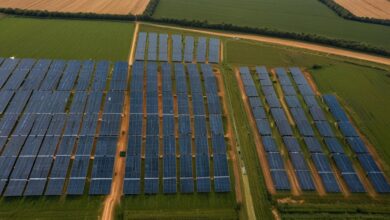California and Southern U.S. Prepare for Severe Heat Wave as High Temperatures and Drought Pose Health and Wildfire Risks

Statewide heat warnings have been issued for California and southern states as extreme temperatures with a high-pressure heat dome are predicted. The risk of heat-related illnesses and wildfires is heightened, necessitating precautions for residents in the affected regions.
California and Southern U.S. Brace for Severe Heat Wave
Statewide heat warnings have been issued across California and several southern states, predicting extreme temperatures during the week of July 2 through July 6, 2024. The National Weather Service (NWS) has alerted residents of inland California to expect triple-digit temperatures, ranging from 105 to 115 degrees Fahrenheit, driven by a high-pressure system forming a “heat dome” over the region.
The heat dome, originating in the central Pacific, is expected to move into the West Coast, potentially setting new temperature records and raising fire risks. Daniel Swain, a climate scientist at UCLA, highlighted the unusual nature of coastal heat for early July. Inland regions, including the Sacramento and Central Valleys, will face the brunt of the heat, with overnight temperatures offering little respite, staying between the upper 60s and 80s.
The extreme weather isn’t limited to California. Twelve southern states, including Texas, Oklahoma, the Carolinas, and Florida, are predicted to experience temperatures soaring to 90-100 degrees Fahrenheit. These conditions pose significant health risks, especially without proper hydration or cooling. The Centers for Disease Control and Prevention (CDC) underscores the need for measures like adequate air conditioning and hydration to prevent heat-related illnesses.
The continued high temperatures and drought potential from the heat dome are a cause for concern, with implications for public health and increased wildfire risks. This situation is part of a broader trend of more frequent and intense heat waves driven by climate changes.








